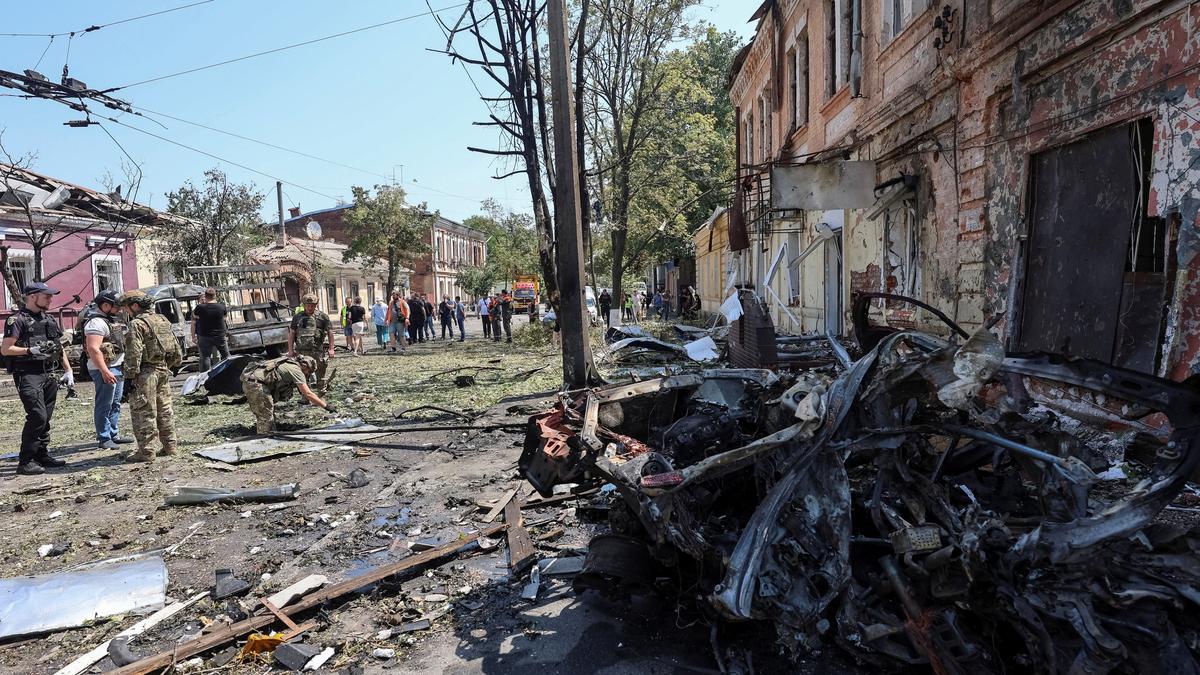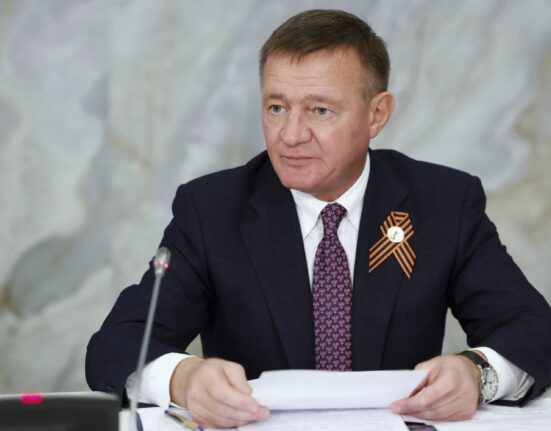Military spending has been on the rise globally, with the recent NATO summit pledging to increase military spending to 5% of member nations’ GDP by 2035. This significant move marks a sharp increase from the previous target of 2%, reflecting a trend of escalating military expenditures worldwide. In 2024, global military spending reached $2,718 billion, showing a 9.4% increase from the previous year, the highest spike since 1988. Conflicts such as the Russia-Ukraine war and the Israel-Gaza conflict contributed to this surge.
In 2025, additional conflicts between India and Pakistan, and Israel and Iran further fueled the momentum towards increased military expenditure. These events, coupled with the NATO pledge, are expected to drive even more significant boosts in global military spending in the coming years. Historical data reveals that during the Cold War era, global military spending peaked at 6.1% of the world’s GDP in 1960, gradually decreasing to 2.1% in 1998 before climbing back to 2.5% in 2024.
The United States stands as the largest military spender globally, allocating $997 billion, followed by China, Russia, Germany, and India. Notably, almost 80% of total worldwide military spending is attributed to the top 15 military spenders. Despite the concentration of spending in a few countries, disparities in military expenditure percentages persist among various nations, with Saudi Arabia, Poland, and the U.S. leading the pack in terms of GDP allocation to defense.
The resurgence of militarization poses a threat to the progress achieved through declining military budgets post-Cold War. Reports indicate that increased military spending can have adverse effects on domestic health spending, particularly impacting middle- and low-income countries. For instance, Spain, which spends only 1.24% of GDP on defense, expressed concerns over the new NATO target, citing potential cuts in welfare spending amounting to 300 billion euros.
Amidst discussions on military spending, the comparison to other critical global expenditures sheds light on the scale of military budgets. The United Nations’ annual budget, for instance, stands at $44 billion, significantly less than the staggering $2.7 trillion allocated for military purposes globally. The UN’s funding challenges, exacerbated by reductions in foreign aid, underscore the competing priorities between military expenditure and essential humanitarian initiatives.
The implications of heightened military spending extend beyond economic considerations to encompass broader societal impacts. Increased defense budgets can hinder progress towards achieving Sustainable Development Goals (SDGs) by diverting resources from crucial areas such as poverty alleviation, healthcare, and climate change mitigation. The nexus between military expenditures and environmental sustainability is evident, with projections indicating a rise in greenhouse gas emissions if defense spending escalates.
On a national level, countries like India are grappling with the trade-offs between military investments and public welfare. The allocation of substantial funds for emergency defense purchases post-conflicts raises questions about resource distribution, especially concerning healthcare expenditures. With public sentiment favoring militarization, there is a looming risk of neglecting investments in essential public goods like healthcare, education, and poverty alleviation.
Expert perspectives emphasize the complex interplay between military spending, global security, and socio-economic well-being. Scholars caution against the militarization narrative driven by fear-mongering, stressing the need for balanced resource allocation to address pressing global challenges effectively. As NATO pushes for increased military spending to counter perceived threats, the potential repercussions on human welfare remain a point of contention.
In conclusion, the trajectory of rising military spending underscores a critical juncture where strategic decisions on resource allocation can significantly impact global stability and development. Balancing defense priorities with essential societal needs is imperative to ensure sustainable progress and foster a peaceful, inclusive world. As nations navigate the complexities of military expenditure, the overarching goal remains to safeguard human well-being while addressing security challenges through a holistic and collaborative approach.









Leave feedback about this